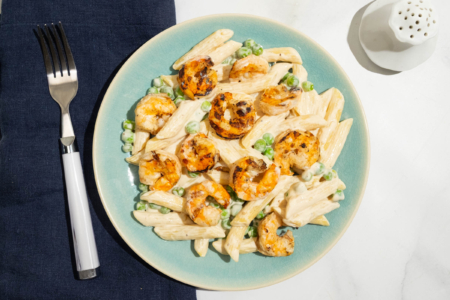The idea of grapes being cultivated in the state of Florida for wine production may be hard to grasp, but wine grapes have been grown here earlier than in any other state in the US and by some is considered the birthplace of American wine. It is purported that wine production in Florida was started by French Huguenots who settled in modern day Jacksonville and made wine from the native Muscadine grape in 1564. Another theory is that wine production began in Florida when Spanish missionaries colonized St. Augustine and planted grapes for sacramental wine for religious services.
Challenges of Growing Grapes in Florida
Despite this early history, however, producing wine in Florida is not easy; traditional wine grapes (Vitis Vinifera) such as Chardonnay and Merlot grow poorly. The tropical climate and high incidence of grapevine diseases like bacterial Pierce’s disease limit production. After many failed attempts, the effort to produce wine in Florida was started anew in 1923 with the establishment of the Florida Grape Growers Association (FGGA). The FGGA, in conjunction with University of Florida researchers, helped to develop hybrid grape varieties suited to the Florida climate and resistant to devastating crop pests. With the development of these new species the Florida wine industry started to take root, but it would be another fifty years before it would really take off.
How to Become a Certified Winery

In 1978, the Florida state legislature passed the Florida Viticultural Policy Act and established the Center for Viticulture and Small Fruit Research at Florida Agricultural and Mechanical University to support the development and promotion of a viable viticulture industry in Florida. The 1978 Act also established the Florida Farm Winery Program, overseen by the Department of Agriculture and Consumer Services. To become certified, a winery must meet a set of parameters that include:
1) selling less than 250,000 gallons of wine annually of which 60 percent of it is made from state grown grapes
2) maintain a minimum of five acres of owned or managed land in Florida which produces commodities used in making wine
3) be open to the public for tours, tastings, and sales at least 30 hours each week
4) recertify annually and pay a fee of $100.
By 1991 there were only three certified wineries in Florida and many who wanted to participate could not because they produced wine using fruit and in some cases vegetables. In 2012 the legislature amended the Viticulture Act and the certification requirement to go from allowing only grapes to be used to “agricultural products” when producing wine. The change opened Farm Winery Certification up to fruit producers and allowed them to label their products as wine. It created a whole new segment of the industry.
King Muscadine

Despite the use of fruits like mangos, blueberries, strawberries, and avocados at some wineries the Florida native wine grape Muscadine remains the “king” of wine production in the state. With over 300 strains of the Muscadine grape, either cultivated or bred by researchers for commercial use, it provides wineries with a lot of wine style options. Muscadine is a thick skinned grape that can handle the climate and is resistant to the molds and fungal diseases prevalent in Florida. It is also very versatile and can produce medium to full bodied white, red, and rose wine ranging from dry to sweet.
Status of Florida Wine Industry Today
Today there are over 24 Certified Farm Wineries across the state of Florida with new ones being added every year. At one time the idea of creating a Florida Wine Trail was proposed by the FWGGA (now Winery and Grape Growers) but the wineries are geographically dispersed across the state, making it difficult to connect them through a “wine trail”. It was recommended instead that wineries create “Florida Experiences” with lodging, restaurants, and recreational activities. In fact, Certified Florida Farm Wineries qualify as a tourist attraction and in addition to directional signage and advertising logos, are also eligible to receive reimbursement for harvest festivals and promotional costs. For more information on Florida wine and wineries visit the Florida Winery and Grape Growers Association website at www.fgga.com.
Feature Image: Big Dodzy on Unsplash



